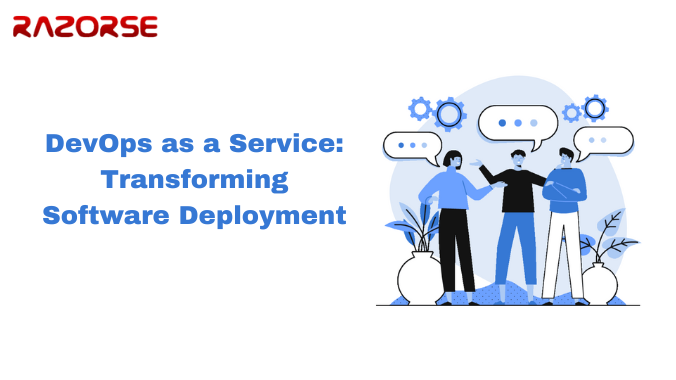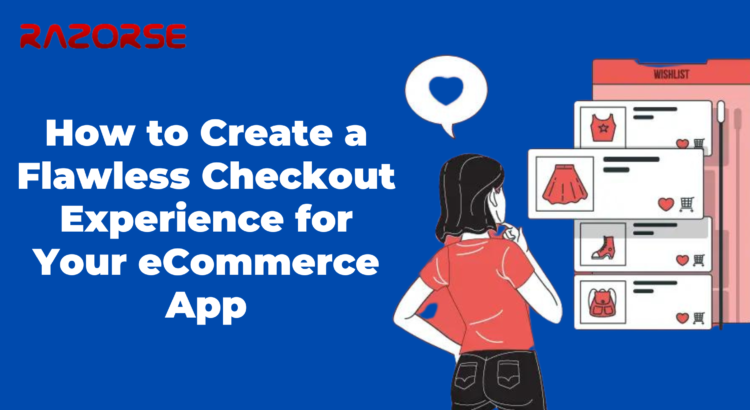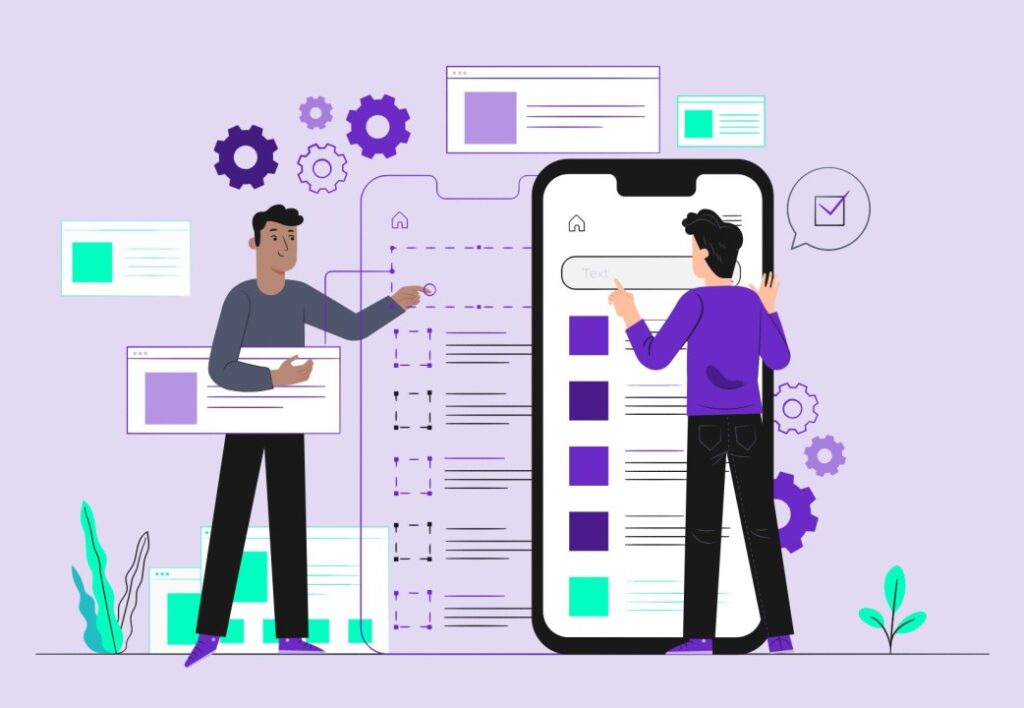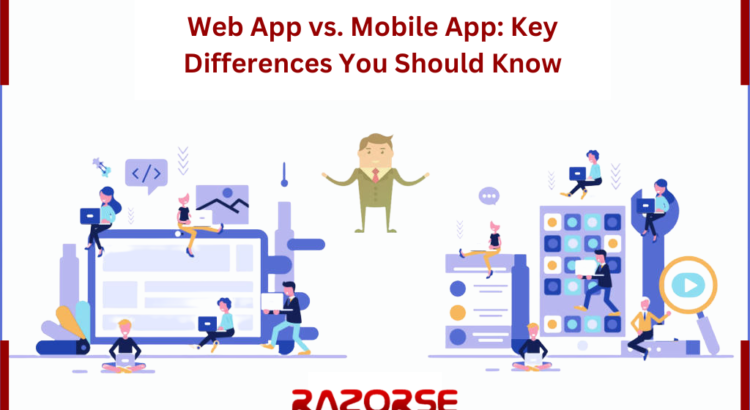The food industry, traditionally reliant on manual labour and conventional processes, is undergoing a significant transformation, thanks to Artificial Intelligence (AI). From improving supply chain efficiency to enhancing customer experiences, AI is playing a pivotal role in automating various aspects of the food business. In this article, we will explore how AI transforming food industry, bringing about improvements in productivity, quality, and sustainability.
1. Supply Chain Optimization
AI is revolutionizing supply chain management in the food industry by predicting demand, managing inventory, and reducing waste. Machine learning algorithms analyse historical data, market trends, and external factors like weather patterns to accurately forecast demand. This allows businesses to optimize their procurement processes, ensuring that they have the right amount of stock at the right time.
For example, AI-powered systems can automatically adjust inventory levels based on real-time sales data, reducing the likelihood of overstocking or stockouts. This not only cuts down on waste but also minimizes costs associated with storage and spoilage. Moreover, AI can optimize logistics by predicting the most efficient delivery routes, saving time and reducing fuel consumption.
2. Food Safety and Quality Control
Ensuring food safety and maintaining high-quality standards are paramount in the food industry. AI is making significant strides in this area by automating quality control processes and enhancing food safety measures.
AI-powered inspection systems use computer vision technology to detect defects, contamination, or inconsistencies in food products. These systems are capable of analysing thousands of images per minute, far surpassing the speed and accuracy of human inspectors. This level of precision ensures that only products meeting the highest standards reach consumers, reducing the risk of recalls and enhancing brand reputation.
In addition to quality control, AI-driven sensors and monitoring systems are being used to track food safety in real time. These systems can detect changes in temperature, humidity, and other environmental factors that could compromise food safety during production, storage, or transportation. By identifying potential hazards early, AI helps prevent foodborne illnesses and ensures compliance with regulatory standards.
ALSO READ:- Artificial Intelligence is Transforming the Information Technology Industry
3. Personalized Customer Experiences
AI is also transforming the way food businesses interact with customers by enabling personalized experiences. Through the use of AI-driven analytics, businesses can gain insights into customer preferences, purchasing habits, and dietary needs. This information allows them to tailor their offerings, marketing strategies, and customer service to meet individual needs.
For example, AI-powered recommendation engines analyse customer data to suggest products or menu items based on past purchases and preferences. This not only enhances the customer experience but also increases sales by encouraging repeat purchases. Moreover, AI chatbots are being used to provide personalized customer support, answering queries, and processing orders efficiently, 24/7.
In the restaurant industry, AI is being used to customize menus and create unique dining experiences. AI-driven platforms can analyse customer reviews and social media feedback to identify trends and preferences, helping chefs and restaurant owners design menus that resonate with their target audience. This level of personalization can lead to increased customer satisfaction and loyalty.
4. Automated Food Preparation
Automation in food preparation is another area where AI is making a significant impact. From fast food chains to gourmet restaurants, AI-powered robots and machines are being used to automate tasks such as chopping, mixing, cooking, and even plating dishes.
For instance, Robotic chefs cooking with precision and consistency, ensuring that every dish meets the exact specifications. These robots can work tirelessly around the clock, increasing productivity and reducing the reliance on human labour. Additionally, they can be programmed to follow specific recipes, allowing for the consistent replication of popular dishes across multiple locations.
In fast food chains, AI-powered kiosks and automated cooking machines are speeding up the order fulfilment process. Customers can place orders via AI-driven kiosks that offer personalized menu suggestions based on their preferences and dietary restrictions. The orders are then prepared by automated machines, ensuring speed, accuracy, and consistency.
5. Sustainability and Waste Reduction
Sustainability is a growing concern in the food industry, and AI is playing a crucial role in addressing this challenge. By optimizing supply chains, improving inventory management, and reducing food waste, AI-driven automation contributes to more sustainable food practices.
AI-powered tools can analyse data to identify patterns of waste in the production process and suggest ways to minimize it. For example, AI can predict the shelf life of perishable goods, allowing businesses to prioritize the sale or donation of products that are nearing expiration. This not only reduces waste but also maximizes profits.
6. Innovation in Food Product Development
AI is also driving innovation in food product development by enabling the creation of new recipes, flavours, and products. AI algorithms can analyse vast amounts of data on ingredients, consumer preferences, and nutritional content to generate novel combinations and recipes.
For instance, AI-powered platforms can suggest ingredient substitutions to create healthier or more sustainable versions of existing products. They can also predict the success of new products based on market trends and consumer behaviour, reducing the risk associated with launching new items.
In addition, AI-driven tools are being used to develop plant-based and alternative protein products that cater to the growing demand for sustainable and ethical food options. By analysing consumer data and scientific research, AI can help create products that meet the nutritional needs and taste preferences of diverse consumer segments.
Conclusion
AI revolutionizing food industry by enhancing efficiency, quality, and sustainability across various processes. From optimizing supply chains and improving food safety to personalizing customer experiences and driving innovation, AI is transforming how food businesses operate. As AI continues to revolutionize the food industry, Razorse Software is at the forefront of delivering cutting-edge solutions that empower businesses to harness the full potential of automation, driving growth, efficiency, and customer satisfaction.







